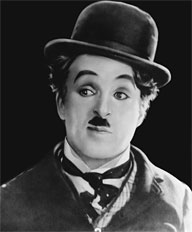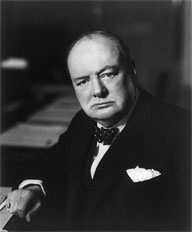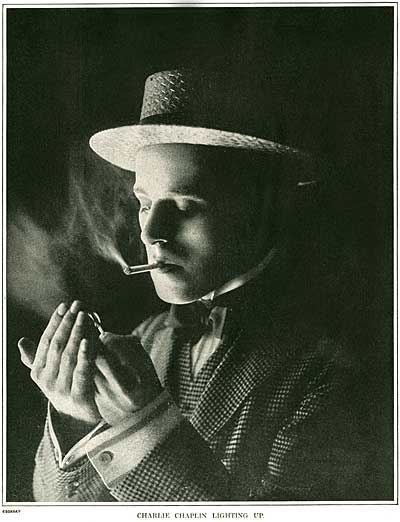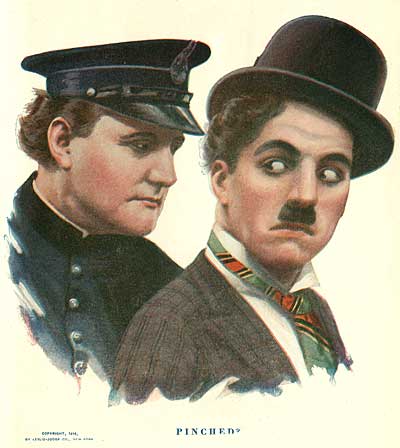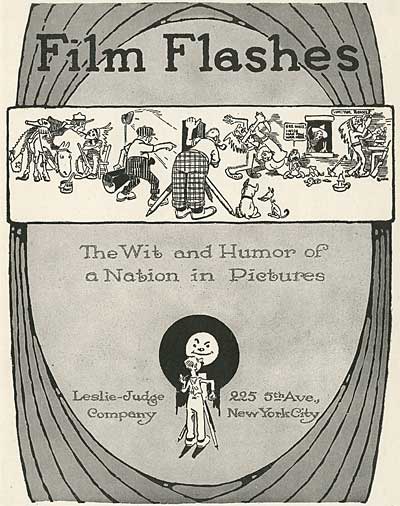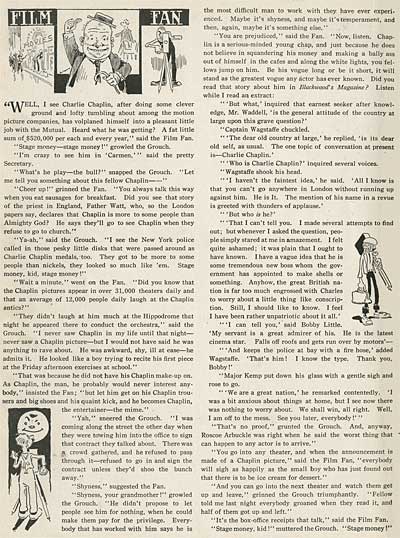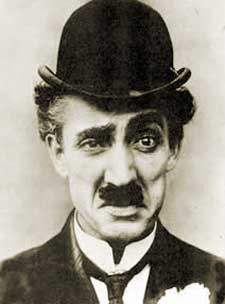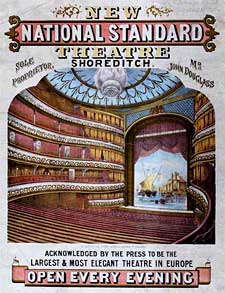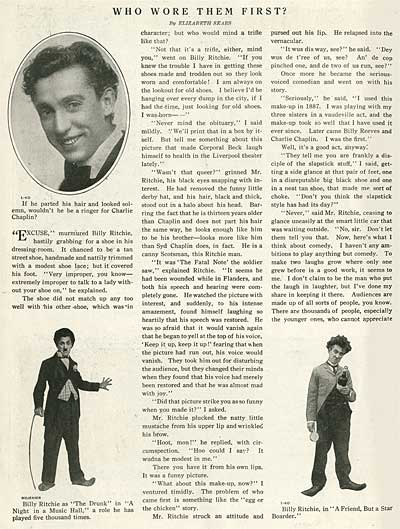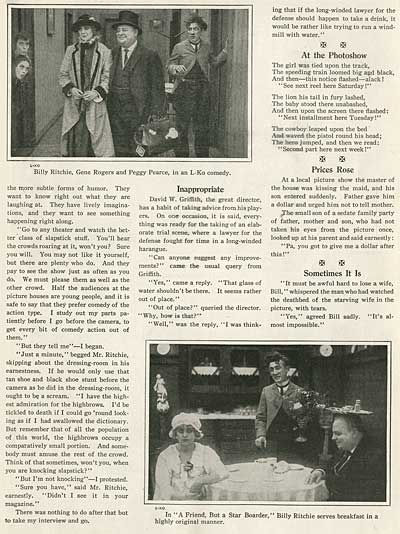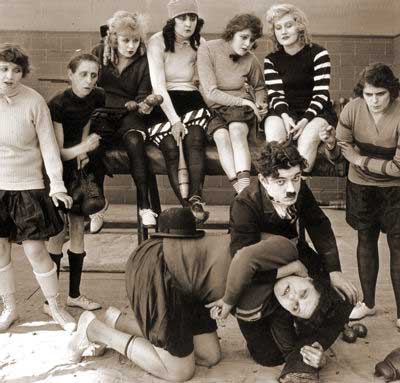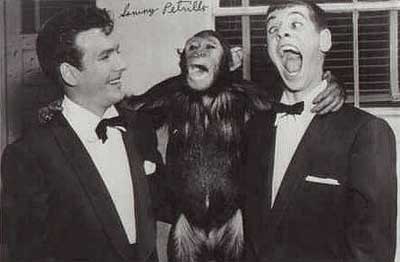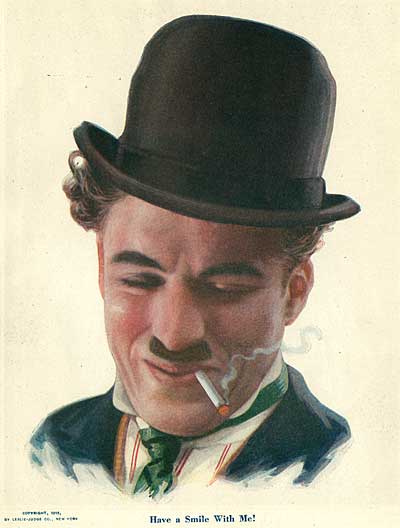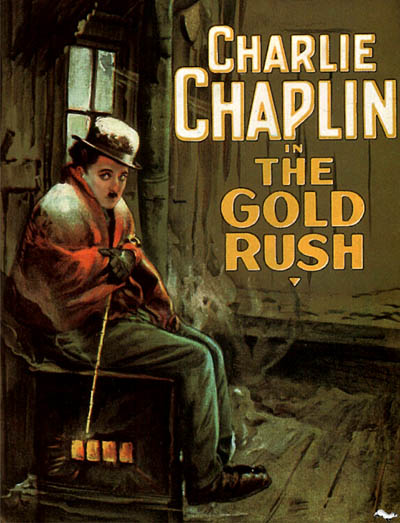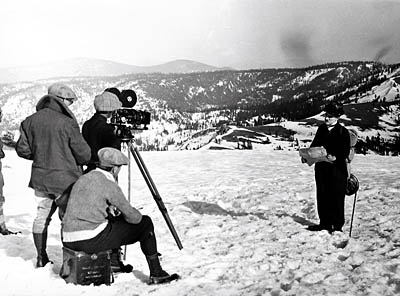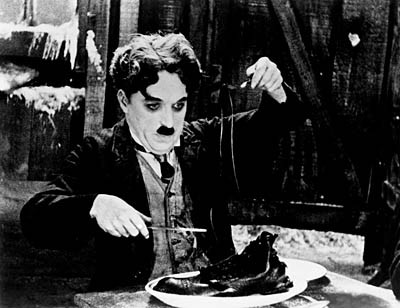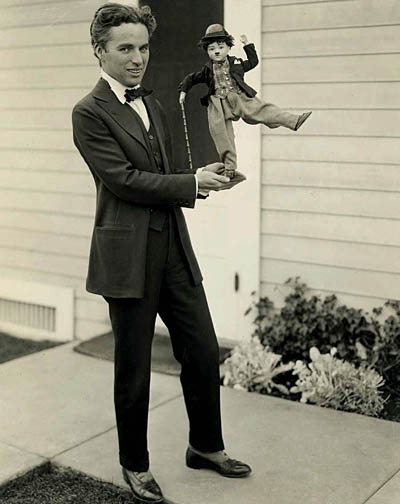Charlie Chaplin and Winston Churchill may have both shared the same country of birth, but they aren’t people you would normally associate together in your mind…
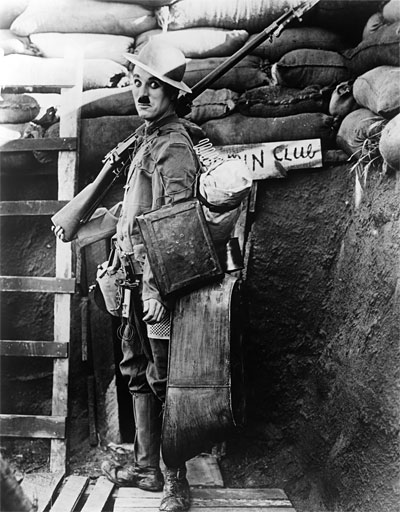
Today I was scanning Colliers magazines that Mike Fontanelli has on loan to us, and I ran across this article authored by Winston Churchill from October of 1935. Titled "Everybody’s Language", it is both a film fan’s homage to Charlie Chaplin and a history of pantomime in Western culture. I hope you’ll take the time to read it, because it has some important things to say to animators…
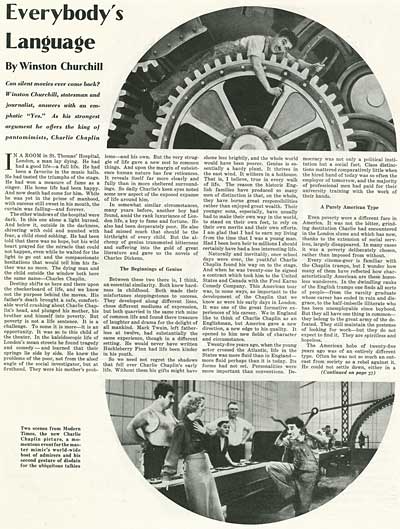
"Twenty five years ago, when the young actor crossed the Atlantic, life in the States was more fluid than in England- more fluid perhaps than it is today. Its forms had not set. Personalities were more important than conventions. Democracy was not only a political institution, but a social fact. Class distinction mattered comparitively little when the hired hand of today was so often the employer of tomorrow, and the majority of professional men had paid for their university training with the work of their hands."
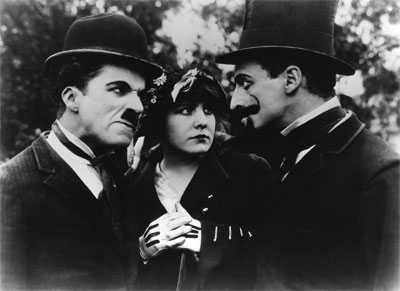
"Every cinemagoer is familiar with the Chaplin tramps, but I wonder how many of them have reflected how characteristically American are these homeless wanderers…"
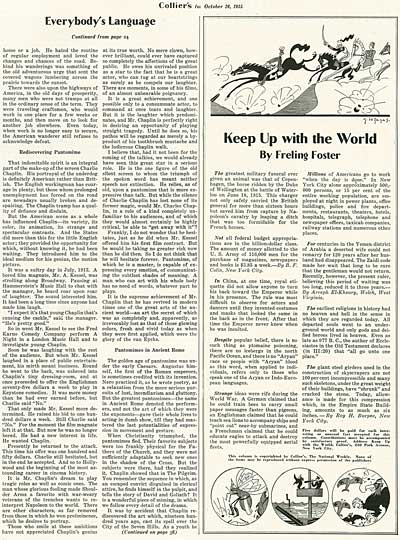
"No mere clown, however brilliant, could ever have captured so completely the affections of the great public. He owes his unrivaled position as a star to the fact that he is a great actor, who can tug at our heartstrings as surely as he compels laughter… I believe that, had it not been for the coming of the talkies, we would already have seen this great star in a serious role. He is the one figure of the old silent screen to whom the triumph of the spoken word has meant neither speech nor extinction. He relies, as of old, upon a pantomime that is more expressive than talk."
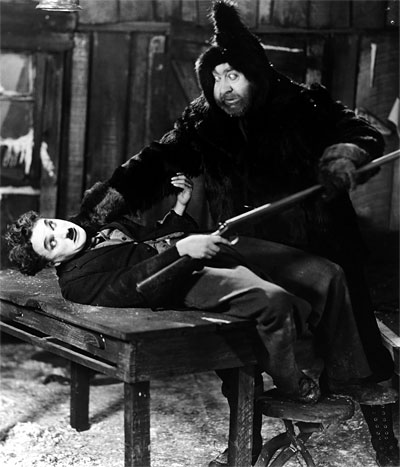
"Pantomime, of which he is a master, is capable of expressing every emotion, of communicating the subtlest shades of meaning. A man who can act with his whole body has no need of mere words, whatever part he plays."
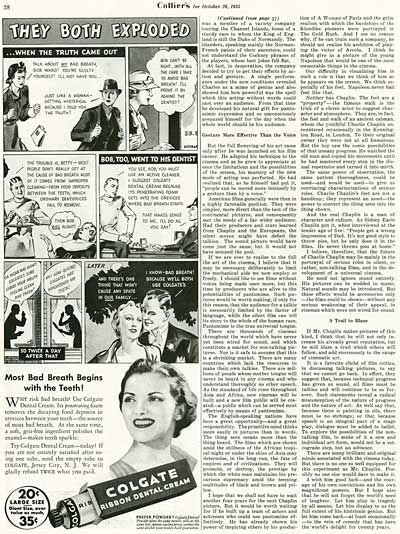
"I should like to see films without voices being made once more, but this time by producers who are alive to the potentialities of pantomime. Such pictures would be worth making, if only for this reason, that the audience for a talkie is necessarily limited by the factor of language, while the silent film can tell its story to the whole of the human race. Pantomime is the true universal tongue."
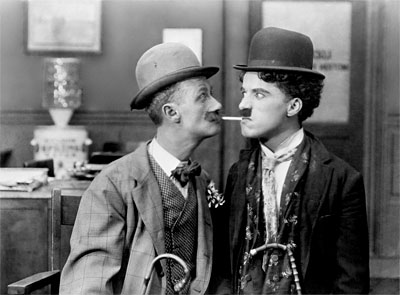
"It is a favorite cliche of film critics in discussing pictures to say that we cannot go back. In effect, they suggest that, because technical progress has given us sound, all films must be talkies and will continue to be so forever. Such statements reveal a radical misconception of the nature of progress and the nature of art. To explore the possibilities of the non-talking film, to make of it a new and individual art form, would not be a retrograde step, but an advance."
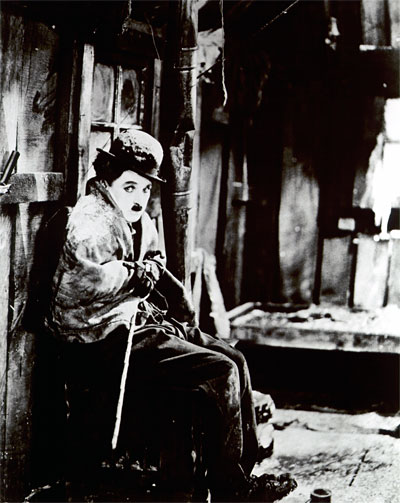
Churchill was mistaken about the return of silent filmmaking. Talkies were, and still are here to stay. But "a new and individual art form" based on the ancient foundation of pantomime was just beginning to make its mark when this article was written. I’ll give you three guesses as to which art form that was!
Charlie Chaplin wasn’t the last gifted pantomimist. Many others followed him… Jackie Gleason, John Cleese, Rowen Atkinson… and these two giants from the early days of television, Sid Caesar and Imogene Coca. Here is a brilliant bit from the mid-1950s from the The Sid Caesar Buried Treasures DVD
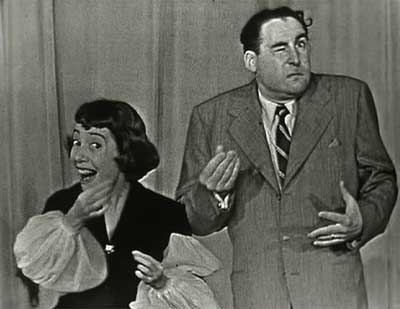
Sid Caesar and Imogene Coca:
The Cocktail Party (1954)
(Quicktime 7 / 17 megs)
Many thanks to Mike Fontanelli for the loan of this magazine and Dr. Macro’s High Quality Movie Scans for the wonderful Chaplin images that illustrate this post.
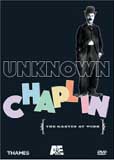
If you want an incredible insight into the mind of a brilliant filmmaker, you will want to get the DVD of Unknown Chaplin. Using never before seen outtakes, these three programs reconstruct Chaplin’s creative process from the ground up. This is one of the greatest documentaries ever made. Check it out!
Stephen Worth
Director
Animation Resources
This posting is part of a series of articles comprising an online exhibit entitled Theory.














